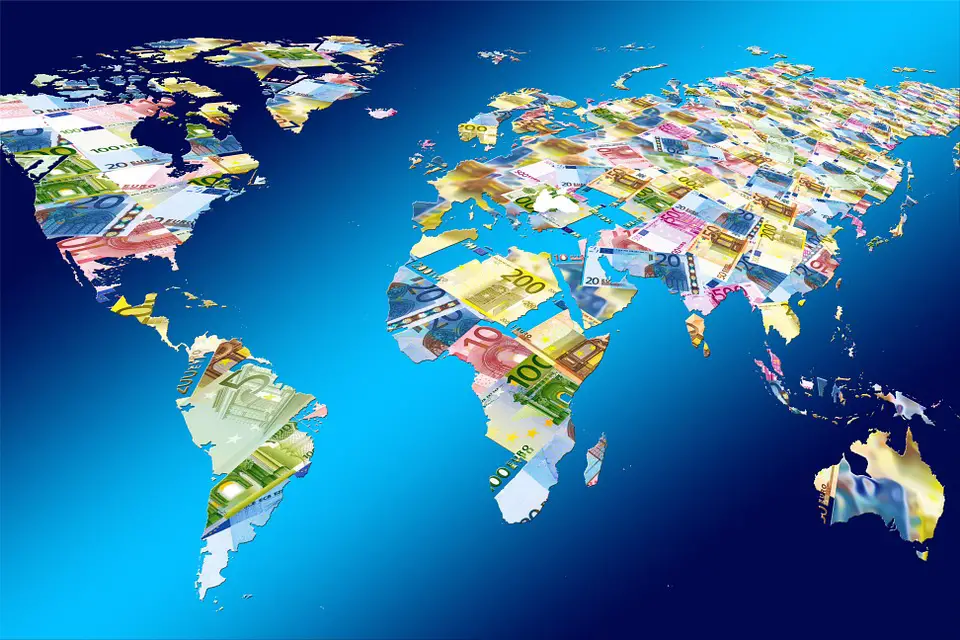Pierre Bourdieu: Power as a Social Construct
The conceptualizations of power by Pierre Bourdieu, Michel Foucault, and Jean Baudrillard offer distinct but complementary frameworks for understanding gendered power dynamics. Each theorist provides insights into how power operates within social structures and affects individuals' identities and relationships.
## Pierre Bourdieu: Power as a Social Construct
### Conceptualization of Power
Bourdieu's notion of power is encapsulated in his concepts of *habitus*, *field*, and *capital*. He argues that power is not merely a top-down force exerted by institutions but is embedded in social practices and relationships.
- **Habitus**: This refers to the ingrained habits, skills, and dispositions that individuals acquire through their life experiences. It shapes how people perceive the world and react to it, influencing their behavior within various social contexts.
- **Field**: Bourdieu describes society as composed of various fields (e.g., education, art, politics) where individuals compete for different forms of capital (economic, social, cultural). Each field has its own rules and power dynamics.
- **Capital**: Bourdieu identifies multiple forms of capital that individuals can possess or acquire. In terms of gender, cultural capital (education, knowledge) and social capital (networks and relationships) can empower women within patriarchal structures.
### Relevance to Gendered Power Dynamics
Bourdieu’s framework helps explain how gender inequalities are reproduced through social practices. For instance, women may internalize societal expectations (habitus) that limit their ambitions or reinforce traditional roles. However, by accumulating cultural and social capital, women can navigate these fields more effectively, challenging patriarchal norms from within.
## Michel Foucault: Power as Relational and Discursive
### Conceptualization of Power
Foucault presents a radically different view of power as decentralized and relational. He argues that power is not held by institutions or individuals but is dispersed throughout society and manifested in everyday interactions.
- **Power/Knowledge**: Foucault emphasizes the relationship between power and knowledge, asserting that knowledge production is a means of exercising power. Discourses shape how we understand ourselves and others, including gender identities.
- **Surveillance and Discipline**: Foucault introduces the idea of surveillance as a mechanism of control. Institutions (like schools or hospitals) regulate behavior through disciplinary practices that normalize certain standards of conduct.
### Relevance to Gendered Power Dynamics
Foucault's theories illuminate how gender norms are enforced through societal expectations and institutional practices. For example, the regulation of women's bodies through medical discourses or societal judgments exemplifies how power operates at micro levels. By understanding power as relational, feminist movements can identify various sites of resistance against oppressive norms.
## Jean Baudrillard: Power as Simulacra and Seduction
### Conceptualization of Power
Baudrillard offers a unique perspective on power that focuses on simulation and seduction rather than traditional notions of domination. He argues that in contemporary society, reality has been replaced by simulacra—representations that distort or replace the real.
- **Simulacra**: Baudrillard posits that we live in a world where images and signs have become detached from their original meanings. This creates a hyperreality where distinctions between reality and representation blur.
- **Power as Challenge**: He suggests that power is not just about domination but involves a cycle of seduction and challenge between subjects. This means individuals have the potential to resist or subvert dominant narratives through their choices.
### Relevance to Gendered Power Dynamics
Baudrillard's ideas are particularly relevant in analyzing how gender identities are constructed through media representations and cultural narratives. The hyperreality of gender roles—where ideals often overshadow lived experiences—can lead to both compliance with and resistance against patriarchal norms. Women may navigate these representations strategically, using them to assert agency while also critiquing the underlying structures they represent.
## Conclusion
The theories of Bourdieu, Foucault, and Baudrillard provide rich frameworks for understanding gendered power dynamics. Bourdieu emphasizes the importance of social practices and capital in navigating patriarchal structures; Foucault highlights the relational nature of power embedded in discourse; while Baudrillard critiques the role of simulation in shaping identities and experiences. Together, these perspectives underscore the complexity of power relations in society, particularly regarding gender, revealing both constraints and opportunities for empowerment within patriarchal systems.
Citations:
[1] https://davidolney.com.au/jean-baudrillard-and-the-existence-of-meaning/
[2] https://baudrillardstudies.ubishops.ca/the-agony-of-power-the-power-of-agony-post-baudrillard-theory-and-post-political-politics/
[3] https://philarchive.org/archive/AJVBTA
[4] https://en.wikipedia.org/wiki/Jean_Baudrillard
[5] https://plato.stanford.edu/entries/baudrillard/
[6] https://cyberartsweb.org/cpace/theory/baudrillard/raizman.html
[7] https://www2.kobe-u.ac.jp/~alexroni/IPD%202015%20readings/IPD%202015_5/under-western-eyes.pdf
[8] https://openprairie.sdstate.edu/cgi/viewcontent.cgi?article=1013&context=greatplainssociologist






